Stand-off alpha radiation detection under daylight conditions
The Atomic Weapons Establishment (AWE) and National Nuclear Laboratory (NNL) are seeking game changing solutions that could enable the remote (e.g. several metres distant) detection and identification of radiologically hazardous sources of alpha radiation and provide an accurate assessment of their location. As a time critical component of emergency responses, there is a need to more accurately and rapidly map radiological contamination.
Commercial off-the-shelf (COTS) hand-held alpha radiation monitoring equipment requires close proximity sweeps of the surfaces of potential source materials. This is time consuming, labour intensive and may not even be possible in some situations due to safety restrictions.
Novel systems are sought that can operate from a distance of up to several metres under a range of illuminated conditions, including daylight.
The primary aims of this challenge are:
• Detection of alpha radiation from contaminated surfaces under daylight illumination conditions from a distance of 2 metres or greater
• Precise identification of the location of areas of alpha contamination above 50 kBq per m2
Although not a primary aim of this challenge, it would be beneficial to be able to:
• Quantify the level of alpha activity on a surface
• Be able to identify (‘finger-print’) the source material
Find out more
Please download a copy of the challenge statement for more details of this challenge.
You can also watch a recording of a challenge webinar where you can hear the challenge owners describe this opportunity in detail and listen to Q & A:
Proposals must be submitted using the Game Changers online application system. The deadline for applications is 12 noon on Thursday 18th November 2021.

